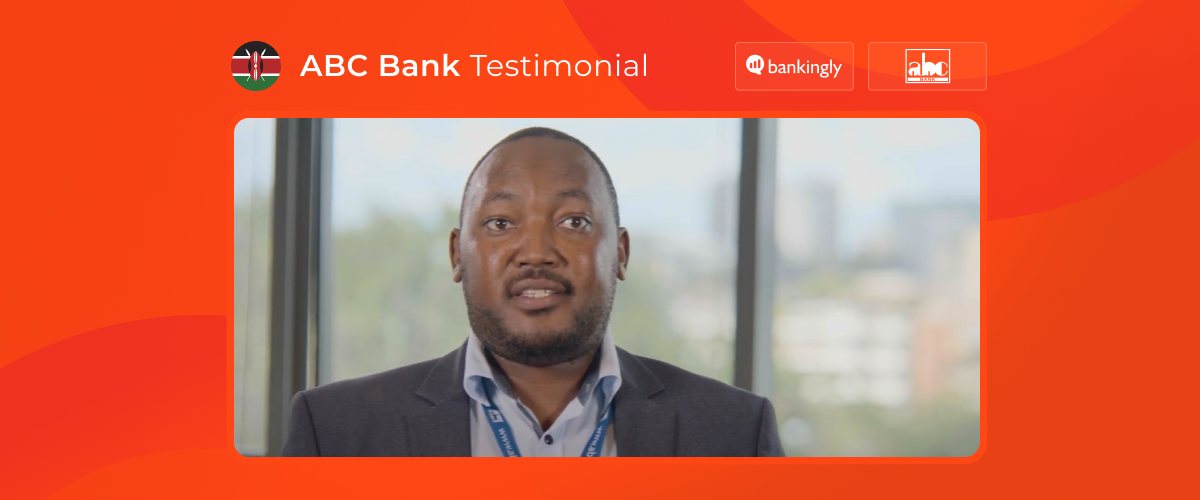
How might financial inclusion be enhanced in non-urban areas?
In non-urban banking, limitations abound. Digital banking emerges as the transformative solution, enhancing financial inclusion in these areas
Financial inclusion remains a global challenge, particularly in non-urban areas where traditional banking falls short. Leveraging digital banking channels worldwide presents a promising solution to address this issue.
Globally, 1.4 billion adults are unbanked, with women, the poor, less educated, and rural populations facing greater barriers. Latin America, in particular, lags behind in adopting technological solutions, with 70% of the population unbanked or underbanked as of 2022, and 58% of point-of-sale transactions still prefer cash as the preferred payment method.
Why is the unbanked population so large?
The large unbanked population globally, especially in non-urban areas, stems from various challenges that hinder financial inclusion. Factors contributing to this issue include:
- High Costs: Traditional banking services often come with high fees and costs, making them prohibitive for many individuals, especially those with limited financial resources.
- Minimum Balance Requirements: Maintaining a minimum balance in bank accounts is a barrier for individuals with irregular or low incomes, discouraging them from engaging with formal banking systems.
- Physical Distance to Banks: In non-urban areas, the geographical distance to physical bank branches poses a significant hurdle. This is particularly problematic for daily wage earners who risk losing income by traveling to distant banks.
- Educational Barriers: Populations with lower educational levels and income often face distinctive challenges. These include a lack of awareness about financial services, limited access to technology, and a reliance on cash-based transactions.
Digital banking, exemplified by platforms like Bankingly, can bridge the gap. By embracing digital channels, rural banks can extend services to non-urban areas, catering to the unique needs of these communities.
How can non-urban banks leverage digital banking platforms?
Non-urban banks can strategically enhance their operations by leveraging digital banking platforms, providing a host of benefits for both the institution and its customers:
Software-as-a-Service Model:
Embracing a Software-as-a-Service (SaaS) model enables non-urban banks to leverage cutting-edge digital solutions without the burden of extensive infrastructure costs. This cost-effective approach facilitates the seamless integration of digital banking services.
Anywhere-Anytime Banking:
Providing services through digital platforms ensures that customers in non-urban areas have access to banking facilities anytime, anywhere. This flexibility breaks down geographical barriers, offering unparalleled convenience and access to financial services.
Faster Onboarding of Customers:
Digital banking platforms streamline customer onboarding processes, reducing the time it takes for individuals in non-urban areas to access banking services. Simplified and efficient onboarding enhances the overall customer experience and encourages broader adoption.
Conversational Banking:
Incorporating conversational banking features ensures 24/7 accessibility. This approach allows individuals in non-urban settings to effortlessly navigate and utilize digital banking services directly within their preferred messaging platforms.
As non-urban banks embark on this transformative journey, the seamless integration of these strategies is not only achievable but greatly facilitated through the comprehensive suite of digital banking solutions offered by Bankingly.
How to achieve financial inclusion through digital banking?
Incorporating digital banking solutions offers a transformative approach to address the challenges hindering financial inclusion. By embracing technology, financial institutions can:
- Increased Customer Acquisition: Harnessing the potential of digital channels enables financial institutions to broaden their customer base, effectively reaching individuals in remote and rural areas.
- Opportunities for Cross-Selling: The expanded customer base presents opportunities for cross-selling additional financial products and services. This not only adds value for customers but also enhances revenue streams for the institution.
- Enhanced Operational Efficiency: Digital channels streamline processes and enhance operational efficiency, reducing costs associated with physical branches.
Wrapping up
The future of digital banking has everyone eagerly excited for financial accessibility and inclusion. With the ability to open savings accounts, create fixed deposits, get access to credit, and perform numerous other transactions all from your mobile device, the convenience and ease of banking have drastically improved.
Digital banking is crucial for rural banks to win over their competitors in today's technology-enabled race. Here's where Bankingly can help non-urban banks onto the digital expressway. Financial institutions in non-urban areas have the opportunity to gain a competitive advantage by embracing digital banking platforms. This transition is a logical progression toward enhancing financial inclusion, benefiting both the financial institutions and the broader community.
Get in touch with us to explore how we can support your financial institution in its digital transformation journey!
 Back
Backto top



